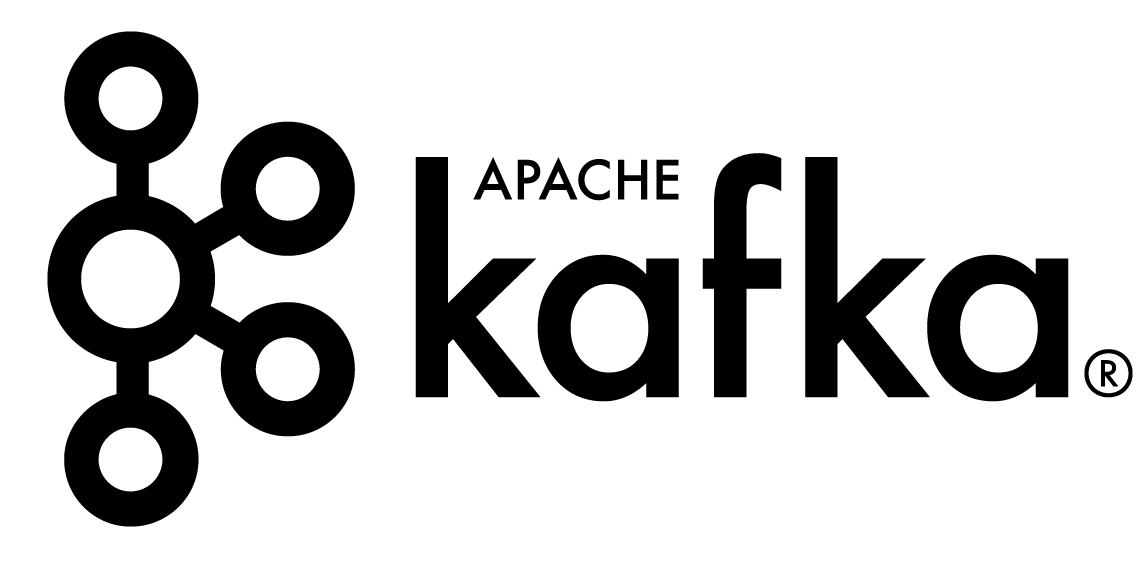
Diving Into is a blogpost serie where we are digging a specific part of of the project's basecode. In this episode, we will digg into Kafka's protocol.
🔗The protocol reference
For the last few months, I worked a lot around Kafka's protocols, first by creating a fully async Kafka to Pulsar Proxy in Rust, and now by contributing directly to KoP (Kafka On Pulsar). The full Kafka Protocol documentation is available here, but it does not offer a global view of what is happening for a classic Producer and Consumer exchange. Let's dive in!
🔗Common handshake
After a client established the TCP connection, there is a few common requests and responses that are almost always here.
The common handhake can be divided in three parts:
- Being able to understand each other. For this, we are using API_VERSIONS to know which versions of which TCP frames can be uses,
- Establish Auth using SASL if needed, thanks to SASL_HANDSHAKE and SASL_AUTHENTICATE,
- Retrieve the topology of the cluster using METADATA.
All exchange are based between a Kafka 2.0 cluster and client.
All the following diagrams are generated with MermaidJS.
sequenceDiagram
Note left of KafkaClient: I'm speaking Kafka <br/> 2.3,but can the <br/> broker understand <br/> me?
KafkaClient ->>+ Broker0: API_VERSIONS request
Note right of Broker0: I can handle theses <br/> structures in theses <br/>versions: ...
Broker0 ->>- KafkaClient:
Note left of KafkaClient: Thanks!<br/> I see you can handle <br/> SASL, let's auth! <br/> can you handle <br/> SASL_PLAIN?
KafkaClient ->>+ Broker0: SASL_HANDSHAKE request
Note right of Broker0: Yes I can handle <br/> SASL_PLAIN <br/> among others
Broker0 ->>- KafkaClient:
Note left of KafkaClient: Awesome, here's <br/> my credentials!
KafkaClient ->>+ Broker0: SASL_AUTHENTICATE request
Note right of Broker0: Checking...
Note right of Broker0: You are <br/>authenticated!
Broker0 ->>- KafkaClient:
Note left of KafkaClient: Cool! <br/> Can you give <br/> the cluster topology?<br/> I want to <br/> use 'my-topic'
KafkaClient ->>+ Broker0: METADATA request
Note right of Broker0: There is one topic <br/> with one partition<br/> called 'my-topic'<br/>The partition's leader <br/> is Broker0
Broker0 ->>- KafkaClient:
Note left of KafkaClient: That is you, I don't <br/> need to handshake <br/> again with <br/> another broker
🔗Producing
The PRODUCE API is used to send message sets to the server. For efficiency it allows sending message sets intended for many topic partitions in a single request.
sequenceDiagram
Note over KafkaClient,Broker0: ...handshaking, see above...
loop pull msg
Note left of KafkaClient: I have a batch <br/> containing one <br/> message for the <br/> partition-0 <br/> of 'my-topic'
KafkaClient ->>+ Broker0: PRODUCE request
Note right of Broker0: Processing...<br/>
Note right of Broker0: Done!
Broker0 ->>- KafkaClient:
Note left of KafkaClient: Thanks
end
🔗Consuming
Consuming is more complicated than producing. You can learn more in The Magical Group Coordination Protocol of Apache Kafka By Gwen Shapira, Principal Data Architect @ Confluent and also in the Kafka Client-side Assignment Proposal.
Consuming can be divided in three parts:
- coordinating the consumers to assign them partitions, using:
- then fetch messages using:
- Send lifeproof to the coordinator using HEARTBEAT.
For the sake of the explanation, we have now another Broker1 which is holding the coordinator for topic 'my-topic'. In real-life, it would be the same.
sequenceDiagram
Note over KafkaClient,Broker0: ...handshaking, see above...
Note left of KafkaClient: Who is the <br/> coordinator for<br/> 'my-topic'?
KafkaClient ->>+ Broker0: FIND_COORDINATOR request
Note right of Broker0: It is Broker1!
Broker0 ->>- KafkaClient:
Note left of KafkaClient: OK, let's connect<br/> to Broker1
Note over KafkaClient,Broker1: ...handshaking, see above...
Note left of KafkaClient: Hi, I want to join a <br/> consumption group <br/>for 'my-topic'
KafkaClient ->>+ Broker1: JOIN_GROUP request
Note right of Broker1: Welcome! I will be <br/> waiting a bit for any <br/>of your friends.
Note right of Broker1: You are now leader. <br/>Your group contains <br/> only one member.<br/> You now need to <br/> assign partitions to <br/> them.
Broker1 ->>- KafkaClient:
Note left of KafkaClient: Computing <br/>the assigment...
Note left of KafkaClient: Done! I will be <br/> in charge of handling <br/> partition-0 of <br/>'my-topic'
KafkaClient ->>+ Broker1: SYNC_GROUP request
Note right of Broker1: Thanks, I will <br/>broadcast the <br/>assigmnents to <br/>everyone
Broker1 ->>- KafkaClient:
Note left of KafkaClient: Can I get the <br/> committed offsets <br/> for partition-0<br/>for my consumer<br/>group?
KafkaClient ->>+ Broker1: OFFSET_FETCH request
Note right of Broker1: Found no <br/>committed offset<br/> for partition-0
Broker1 ->>- KafkaClient:
Note left of KafkaClient: Thanks, I will now <br/>connect to Broker0
Note over KafkaClient,Broker0: ...handshaking again...
opt if new consumer-group
Note left of KafkaClient: Can you give me<br/> the earliest position<br/> for partition-0?
KafkaClient ->>+ Broker0: LIST_OFFSETS request
Note right of Broker0: Here's the earliest <br/> position: ...
Broker0 ->>- KafkaClient:
end
loop pull msg
opt Consume
Note left of KafkaClient: Can you give me<br/> some messages <br/> starting at offset X?
KafkaClient ->>+ Broker0: FETCH request
Note right of Broker0: Here some records...
Broker0 ->>- KafkaClient:
Note left of KafkaClient: Processing...
Note left of KafkaClient: Can you commit <br/>offset X?
KafkaClient ->>+ Broker1: OFFSET_COMMIT request
Note right of Broker1: Committing...
Note right of Broker1: Done!
Broker1 ->>- KafkaClient:
end
Note left of KafkaClient: I need to send <br/> some lifeness proof <br/> to the coordinator
opt Healthcheck
Note left of KafkaClient: I am still alive!
KafkaClient ->>+ Broker1: HEARTBEAT request
Note right of Broker1: I hear you
Broker1 ->>- KafkaClient:
end
end
Thank you for reading my post! Feel free to react to this article, I am also available on Twitter if needed.